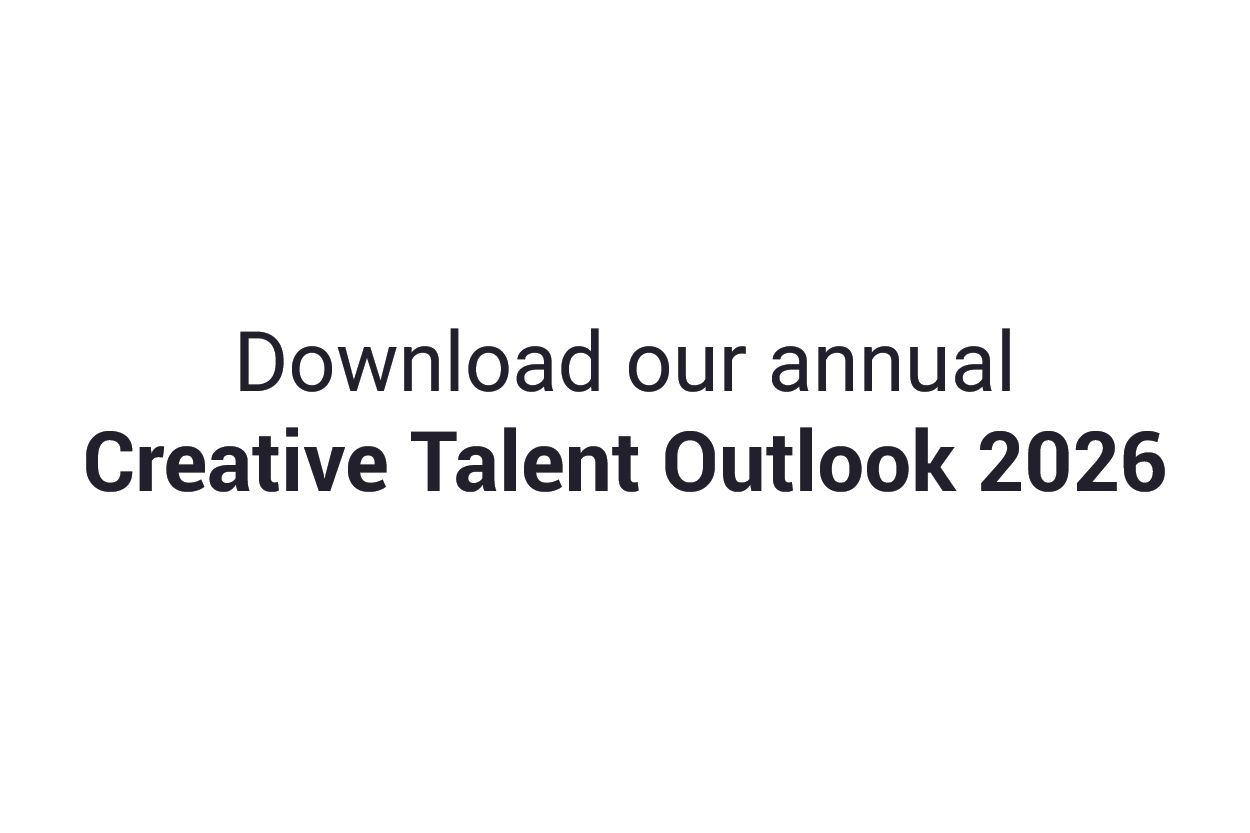The People Behind a Fashion Show
Date
A fashion runway is the highlight of months of planning, creativity, and collaboration. It’s where the first concept sketches transform into a live spectacle, bringing the designer’s vision to life.
This cohesive narrative is built by teams working in sync, balancing artistic vision with commercial strategy. Every detail, from the fabrics to the lighting, is the result of careful coordination.
We break down the key stages, from early conceptualization to when the collection reaches the world.
Stage 1 – Concept & Design
Where vision meets direction.
Every collection begins long before the first model steps onto the runway. This is the stage where a brand’s creative and strategic foundations are laid.
The Creative Director defines the story, aesthetic, and emotional tone — shaping how the collection will speak to its audience. The Brand Director or CEO ensures that creative ambition aligns with broader business goals, market positioning, and resources.
The Design Director bridges creative vision and execution, guiding the Design Team as they translate sketches into tangible garments. From fabric selection to silhouette development, this team turns concept into craft.
Supporting them, the Merchandising Team ensures the collection resonates commercially, advising on assortment, pricing, and potential bestsellers. Even at this early stage, the Casting Director may begin considering models who embody the narrative — the human faces that will bring the story to life.
Stage 2 – Production & Preparation
Where ideas become physical reality.
Once designs are approved, the production phase begins. The Pattern Makers and Sample Makers bring the design sketches into three-dimensional form, while Textile Technicians ensure that materials perform as envisioned.
Producers oversee logistics — from coordinating fittings and managing timelines to aligning creative and technical teams. Stylists begin curating looks for the runway, while Set Designers and Music Directors work in parallel to develop the sensory and spatial experience of the show.
And, of course, Models — the public faces of the collection — begin fittings to bring each look to life, balancing artistry, presence, and performance.
Stage 3 – The Show
Where all elements converge into a single moment.
Show day is where months of work find their form. Behind the runway’s glamour is a small army of specialists: Show Producers, Backstage Managers, Dressers, Makeup Artists, Hairstylists, and Lighting Technicians — each ensuring flawless execution.
Photographers and Videographers capture every angle for press, lookbooks, and social media. Public Relations Teams coordinate with editors and influencers to manage coverage and guest experience.
For the models, this is the moment to embody the collection’s spirit. As the public faces of the brand, their movement, expression, and presence transform fabric into emotion.
Stage 4 – Post-Show & Amplification
When the collection meets the world.
Once the applause fades, another critical phase begins: amplification. The Marketing and Social Media Teams translate the collection into campaigns, digital stories, and retail launches. Media Buyers and PR Teams secure coverage and coordinate interviews, while Sales Teams and Buyers determine which pieces reach stores and markets.
In this stage, Models continue to serve as public representatives of the brand through campaign shoots, editorials, and appearances — ensuring the collection’s message resonates beyond the runway.
A Note on Scale The number of people involved can vary significantly. Smaller or independent brands often see one person wearing multiple hats — a designer who also handles casting, a producer who manages PR. Larger fashion houses distribute these roles across entire departments.
Regardless of scale, every runway show is a collaboration — a blend of artistry, logistics, and human coordination. What the audience sees may last only minutes, but the work behind it represents months (if not years) of creative discipline and collective effort.
Explore Creative Director The People Behind a Creative Campaign 'The Creative Talent 2025 Outlook' by Calibre Careers
A Note This overview outlines the common roles in a runway collection. The structure can vary greatly depending on the agency, team size, and project scope.The information is for informational purposes only and does not serve as career counseling or guarantee employment outcomes. For personalized career guidance and portfolio review, consider our Career Development services. Please refer to our Terms of Use for complete terms and conditions.

